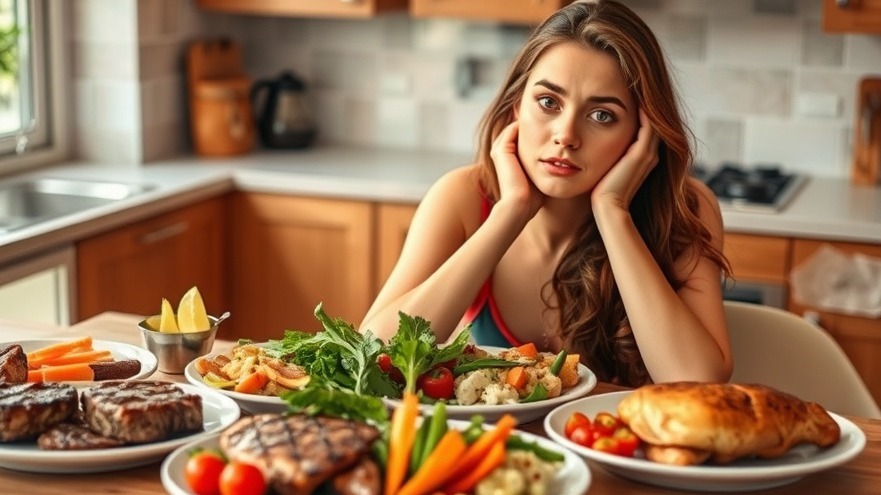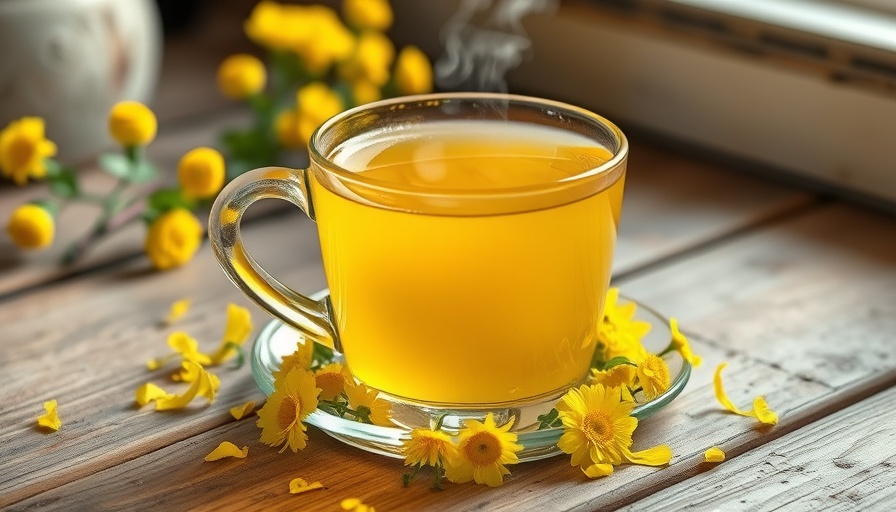
Calories: Are They All the Same?
As a professional dietician, I’m here to spill the tea on calories—what they are, why they matter, and why not all calories are created equal. Think of this as your guide to eating smart without losing your mind (or your love for pizza). I’ll keep it real with solid facts, a bit of humor, and none of that snooze-fest jargon. Let’s dig in!
What’s a Calorie, Anyway?
A calorie is basically a unit of energy—like the gas that powers your car, except it fuels you for late-night study sessions, TikTok scrolling, or crushing it at the gym. Scientifically, it’s the energy needed to heat one gram of water by one degree Celsius. Nerdy, but kinda cool, right?
Back in the day, scientists used a wild method called bomb calorimetry to measure calories. They’d burn food in a sealed container surrounded by water (like a food bonfire!) and see how much the water heated up. More heat = more calories. Nowadays, they’re less pyromaniac about it. They calculate calories by adding up the energy from a food’s building blocks: protein, carbs, fat, and sometimes alcohol (but let’s stick to soda for now).
Here’s the breakdown:
1 gram of protein = 4 calories
1 gram of carbs = 4 calories
1 gram of fat = 9 calories
Simple math, but the plot thickens when you see how your body uses these calories. Spoiler: they don’t all play the same game.
Why Calories Aren’t Twins
Your body’s like a high-tech machine, burning calories to keep you breathing, thinking, and maybe even dancing awkwardly at prom. But not all calories act the same once they’re in your system. It’s like comparing Spider-Man to Iron Man—both heroes, but with totally different vibes.
Your body burns calories in three main ways:
Basal Metabolic Rate (BMR): This is the energy your body needs just to exist—like keeping your heart pumping and your Netflix queue ready. It accounts for 65-80% of your daily calorie burn. Yup, you’re a calorie-burning champ even when you’re chilling!
Thermic Effect of Food (TEF): This is the energy your body uses to chew, digest, and process food. Some foods make your body work harder than others, burning more calories in the process.
Physical Activity: From jogging to fidgeting in class, moving your body burns extra calories. It’s the part you can control most.
Here’s where it gets interesting: different foods have different TEFs. Protein is the MVP, carbs are solid, and fats? They’re a bit lazy. Let’s break down why protein’s the star of the show.
Protein: The Calorie-Burning, Hunger-Slaying Boss
Protein—like chicken, eggs, tofu, or lentils—is basically the superhero of food. It’s got three superpowers that make it stand out:
Burns More Calories: Protein has a high TEF, meaning your body uses up to 30% of its calories just to digest it. Eat 100 calories of protein, and only about 70 stick around. Compare that to carbs (5-10% burned) or fats (3-5%). Protein’s out here working overtime while fats are napping.
Keeps You Full: Ever eat a burger and feel stuffed, but then crave chips an hour later? Protein helps you stay full longer by triggering a hormone called ghrelin, which tells your brain, “Yo, we’re good!” It’s like a chill pill for your appetite.
Builds Muscle: If you’re lifting weights or just carrying a heavy backpack, protein helps repair and grow your muscles. More muscle = a faster metabolism, which means you burn more calories even when you’re binge-watching your favorite show.
So, protein’s like that friend who’s always got your back—helping you eat less, burn more, and stay strong. Compare that to, say, a soda. It’s loaded with calories but doesn’t fill you up or do much for your body. You’re hungry again before you know it. Lame!
Fiber: Protein’s Trusty Wingman
Protein’s not the only rockstar. Fiber—found in carbs like veggies, fruits, whole grains, and beans—is like its hype man. Fiber fills you up without piling on calories. You can eat a big salad and feel like a champ without blowing your calorie budget. Plus, it keeps your digestion happy, which is a win for your gut. Fiber’s like, “Eat me, and you’ll be full and feel great!”
How to Hack Your Plate
Want to eat like a pro? Fill half your plate with protein (think grilled chicken or chickpeas) and fiber-rich foods (like broccoli or berries). This combo keeps you satisfied, so you’re not raiding the fridge at midnight. The other half? You’ve got room for some fun stuff—like a slice of pizza or a cookie—without going off the rails.
Here’s the deal: 100 calories of salmon isn’t the same as 100 calories of gummy bears. Salmon fuels you up, keeps you full, and helps your body thrive. Gummy bears? They’re a quick sugar rush that leaves you craving more. But if you focus on nutrient-packed foods 80-90% of the time (veggies, fruits, lean proteins, whole grains), you can enjoy treats 10-20% of the time without stress. It’s all about balance—like acing a test and having time for gaming.
The Final Scoop
Calories are energy, but they’re not all equal. Protein and fiber are your BFFs, burning more calories, keeping hunger in check, and helping you feel like a boss. Junk food? It’s fun sometimes, but it won’t stick with you like the good stuff. So, next time you’re building your plate, think like a dietician: load up on protein and fiber, sneak in a treat, and watch your body thank you with energy to spare. You’ve got this!
#nutrition, #calories, #weightloss, #protein, #diet, #healthy eating, #metabolism, #fiber, #foodscience, #energybalance
 Add Row
Add Row  Add
Add 




 Add Row
Add Row  Add
Add 


Write A Comment